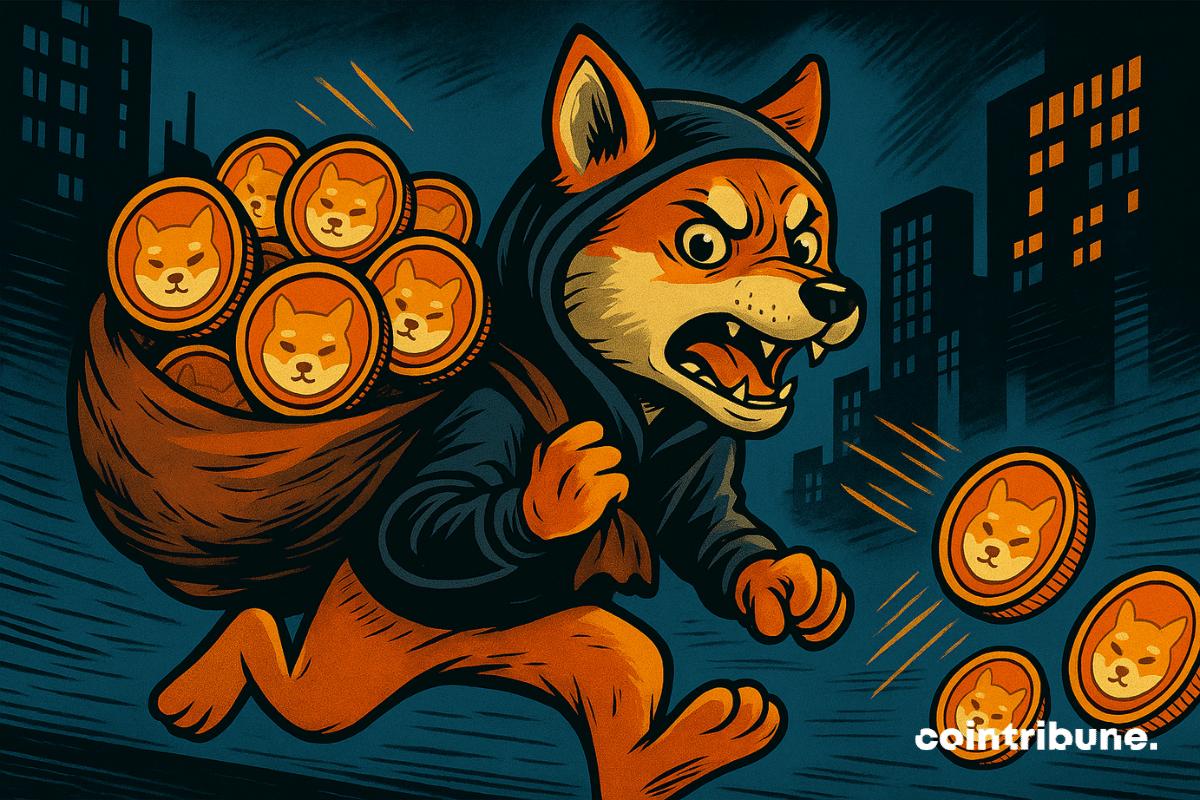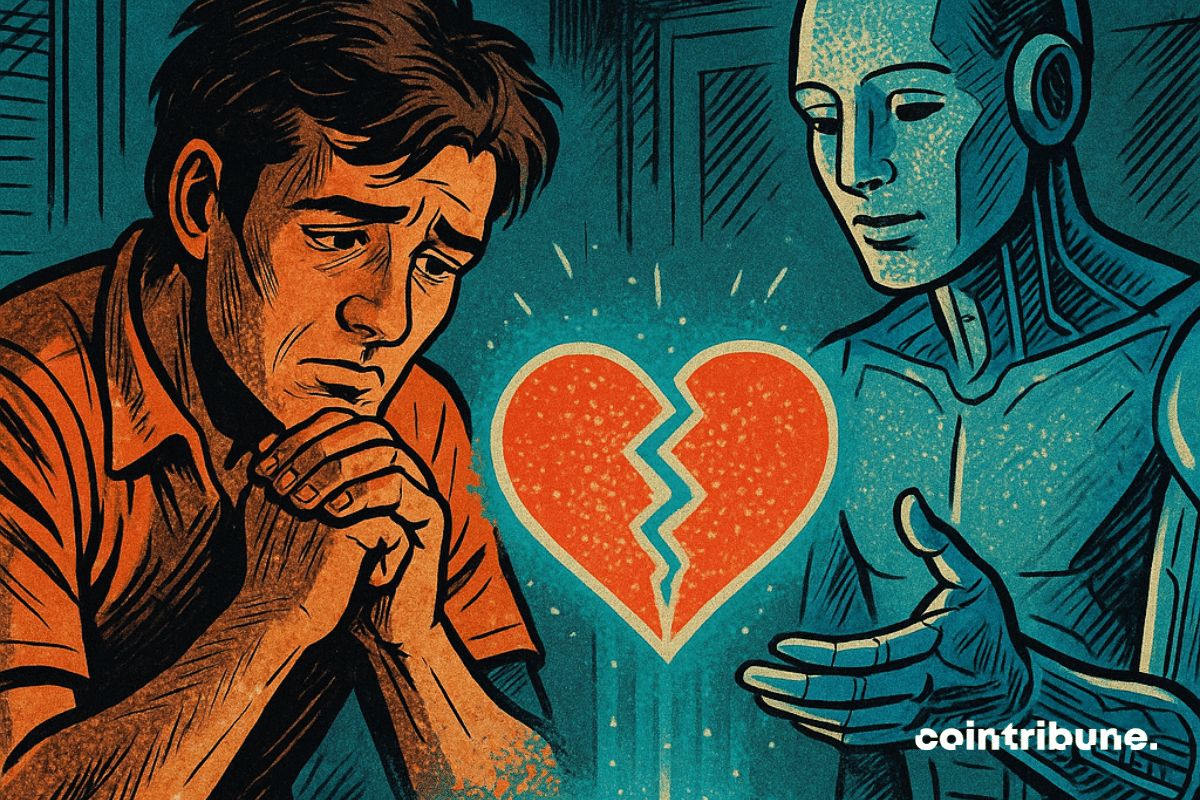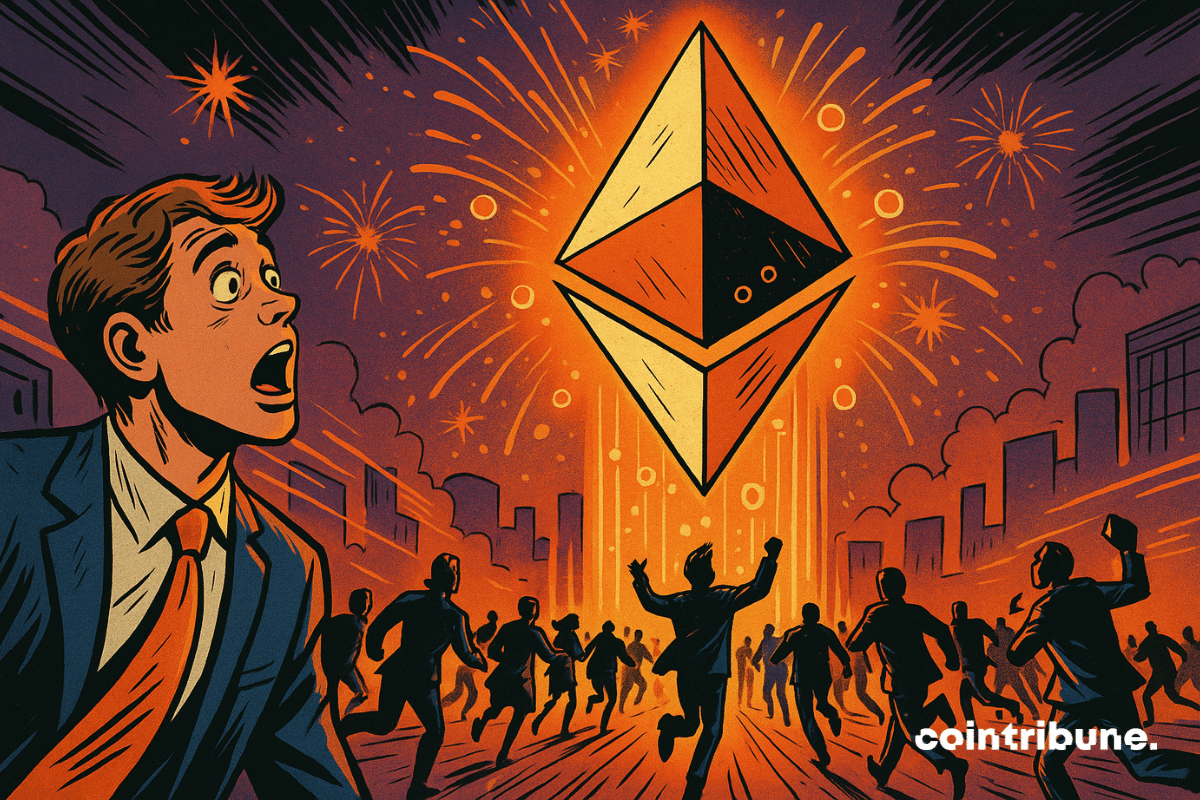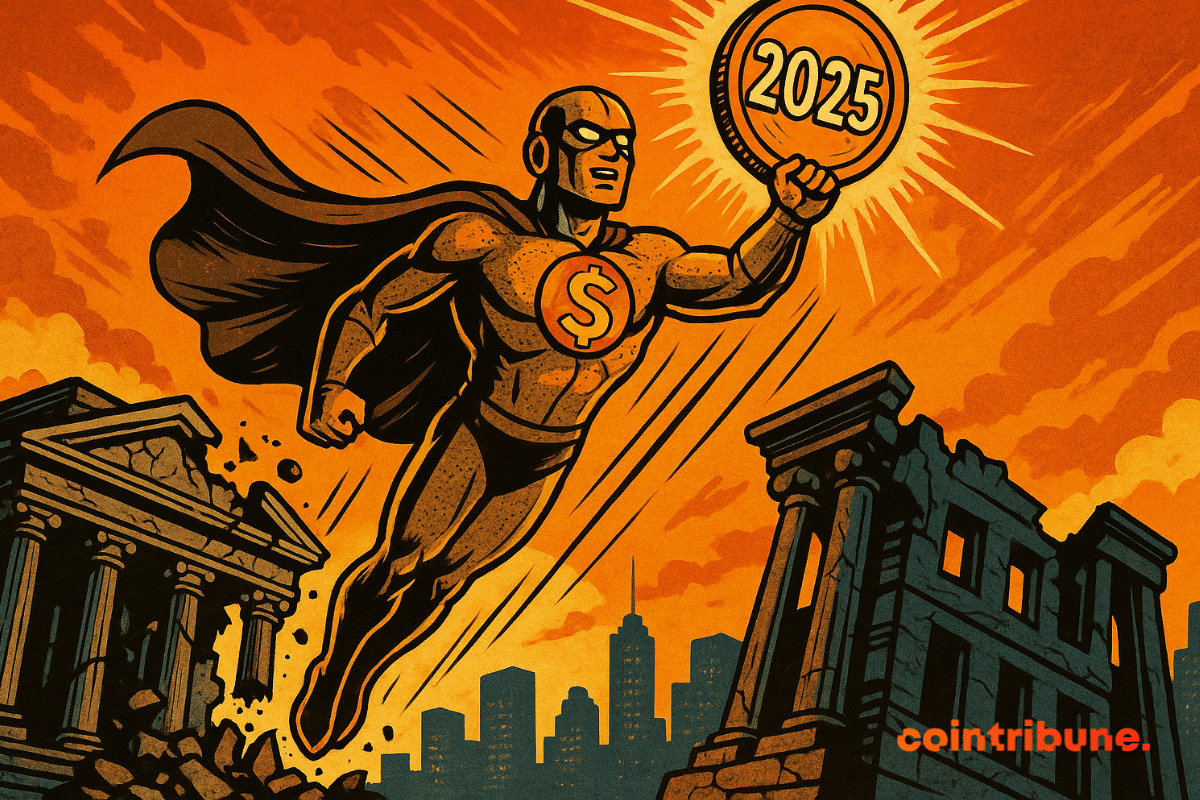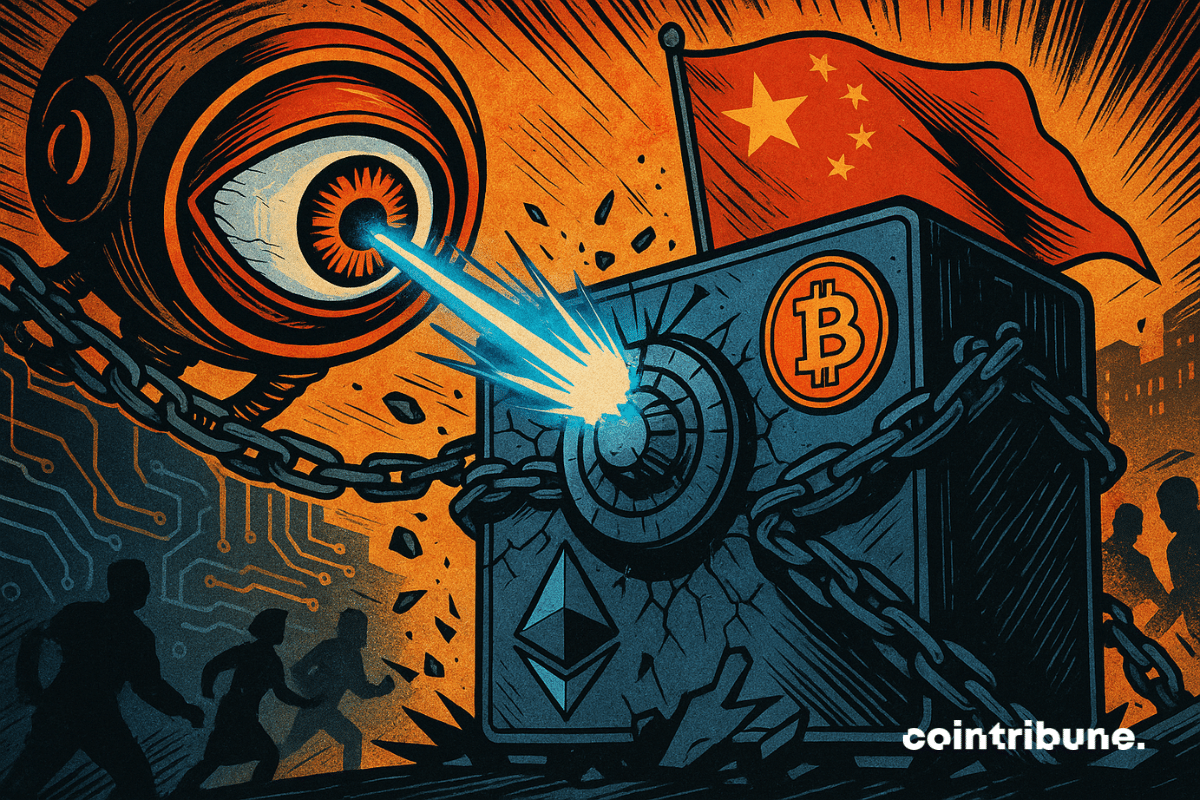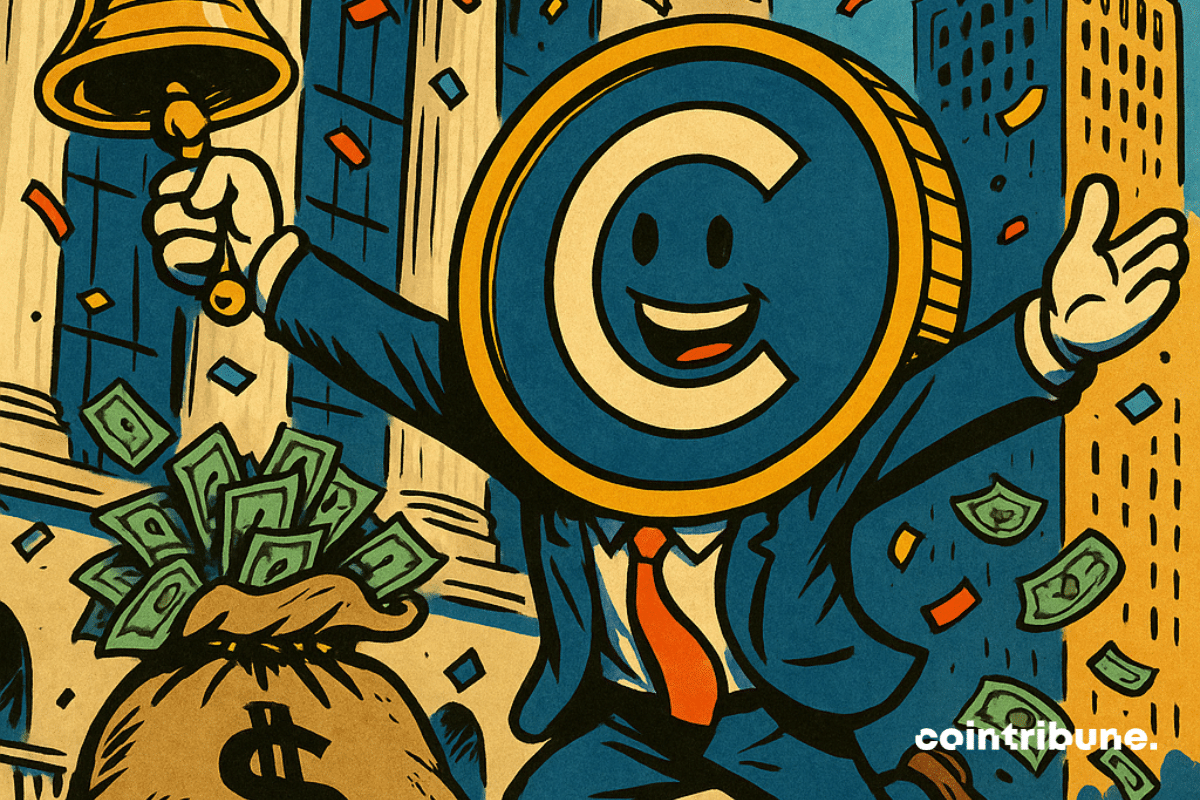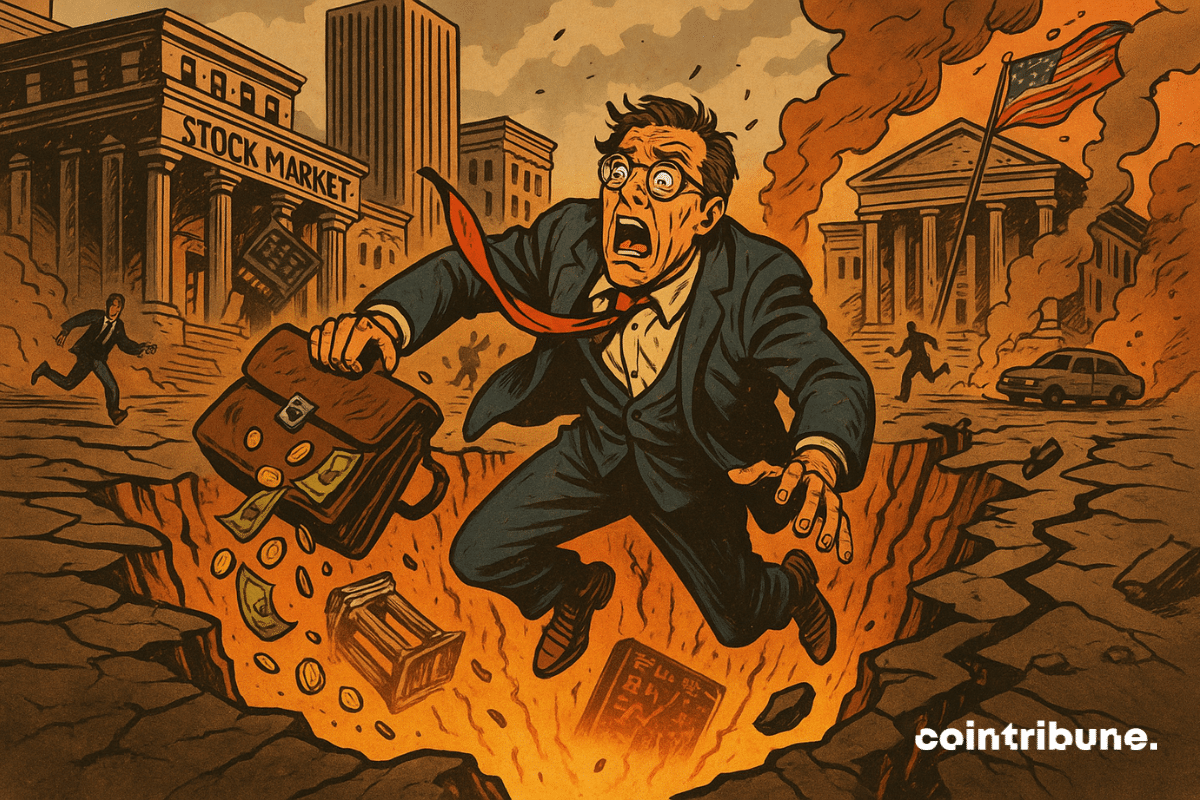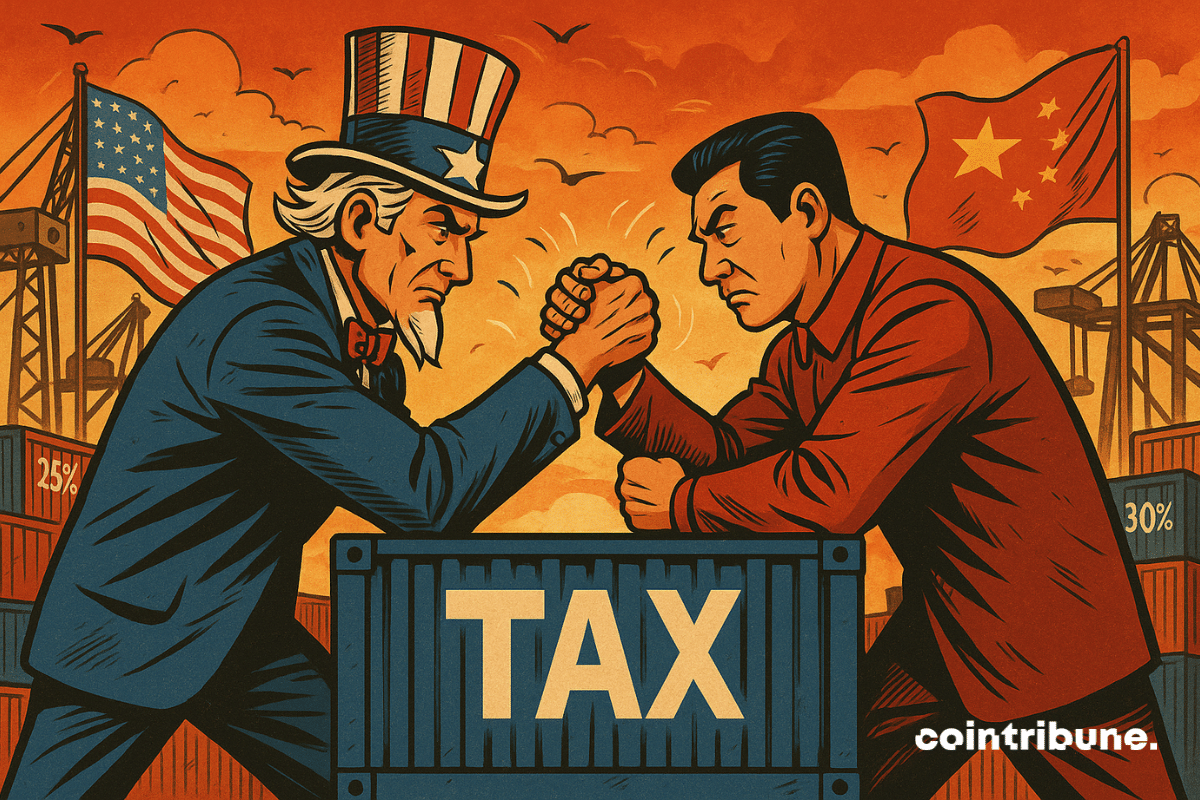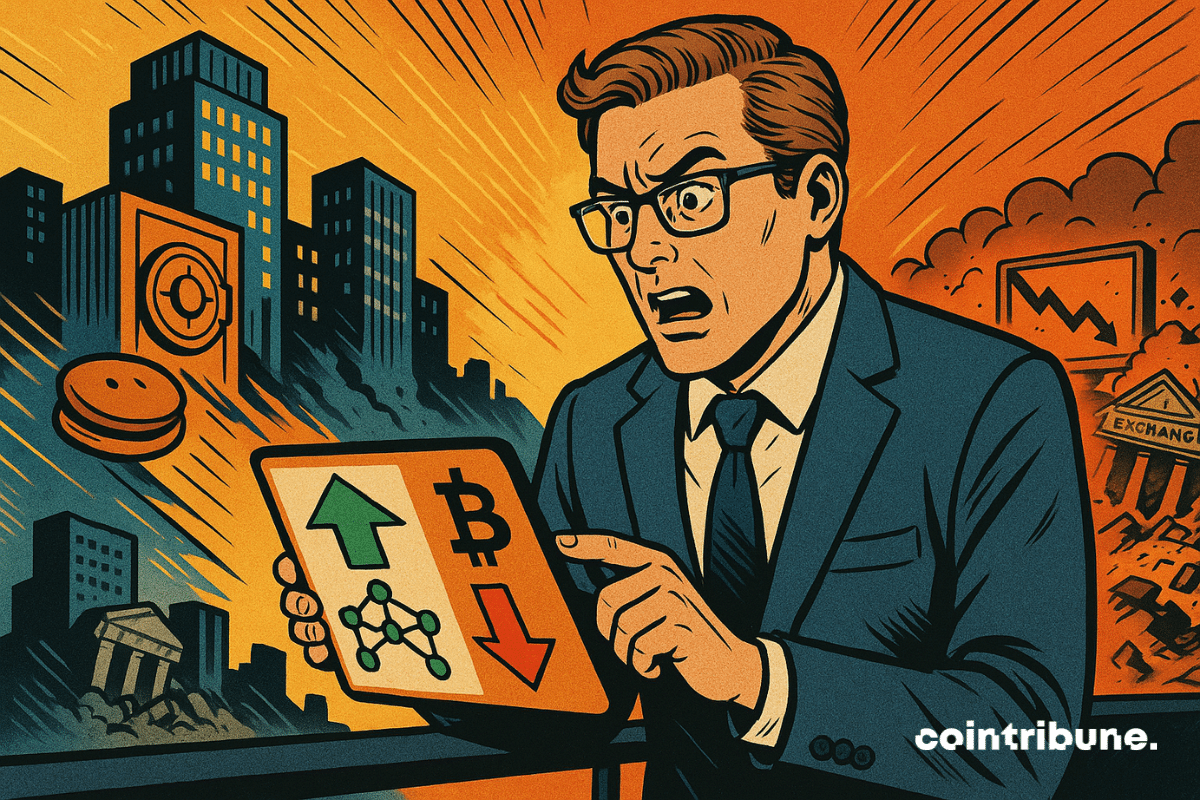Mass withdrawals, spontaneous combustion, and the dream of billions: Shiba Inu is playing the big bluff of the memecoin that would like to become a serious crypto… without losing its marketing flair.
Archive 2025
Love has never been so technological. And if it no longer replies to your messages, your chatbot will never leave you on "read." A recent study from Waseda University reveals a troubling statistic: 75% of users today seek AI for emotional advice. The therapist of tomorrow? An algorithm. The confidant? A script boosted by artificial neurons.
The Ethereum blockchain solidifies its dominant position thanks to sustained growth in its network and record institutional flows. Technical and fundamental signals converge towards a promising bullish trend. But will this rise be enough to propel ETH to new heights?
Stablecoins are set for a major breakthrough in 2025, with rising global use, business interest, and policy support.
In May 2025, China achieved a major milestone in cybersecurity by making the first encrypted voice call using quantum technology over more than 1,000 km between Beijing and Hefei. This feat relies on a national quantum key distribution (QKD) network covering 16 metropolitan areas, already protecting 500 government agencies and 380 state-owned enterprises. Meanwhile, China unveiled the Tianyan-504, a superconducting quantum computer with 504 qubits, accessible via the cloud and having logged over 12 million connections from 50 countries. These advancements mark a transition from the experimental stage to operational reality, signaling an acceleration towards "Q-Day", the moment when quantum computers will be able to break classical encryptions.
Circle's IPO made history on Wall Street with the largest two-day gain since 1980. However, behind this spectacular performance lies a troubling paradox: the issuer of USDC literally forfeited 3 billion dollars to institutional investors. How can this colossal financial sacrifice be explained?
The global economy is set to experience its most sluggish decade since the 1960s. This forecast could reshape the balance of economic power on a global scale. The warning comes from the World Bank, whose latest report, published on June 10, 2025, paints a bleak picture of the near future amidst heightened trade tensions and prolonged political uncertainties.
The May US inflation shows a deceptive calm: +0.1% for the month, a figure below expectations that immediately boosted risky assets. However, behind this lull lies more enduring tensions, fueled by the renewed offensive of tariff hikes decided by the Trump administration. This seemingly reassuring figure conceals a more unstable reality, where weak signals of a coming inflation resurgence trigger doubts about the robustness of the current economic cycle.
In an economic context where every trade tension weighs on global markets, Washington has chosen firmness. On June 11, Howard Lutnick, Secretary of Commerce, ruled out any reduction in tariffs imposed on China. An unambiguous announcement, despite an agreement announced as "concluded" by both capitals. This tariff status quo reinforces uncertainty about global supply chains and sends a clear signal: the time is not for easing, even amid diplomatic dialogue.
In May, cryptos are surging, RWAs are skyrocketing, and Binance declares: "All is well." But behind the numbers, a creeping tokenization is quietly disrupting traditional finance…
